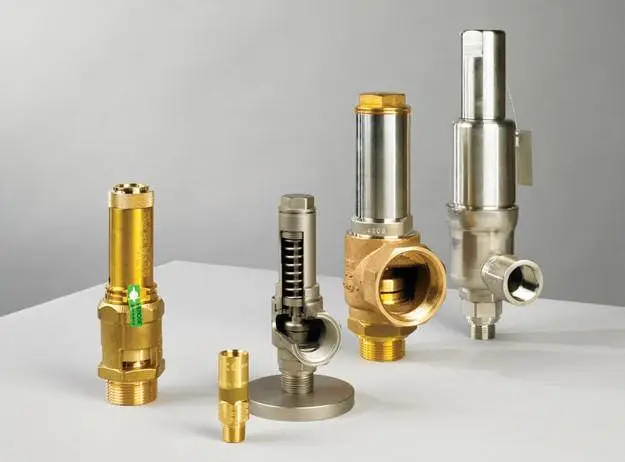Notes for installation and use of safety valves
Safety valves belong to precision mechanical instruments, and safety valves' installation and operating requirements are high. For the continuous process industry, a set of device needs to go through purging, airtight and pressure test several processes, and then the device needs to have the commissioning run test after it is set up. Users often make a mistake, which is to install
safety valves on process pipelines in purge processes. Debris will enter entrances of
safety valves in purge processes, because safety valves are closed. Safety valves will pop when pressure tests are taken; safety valves will fail due to debris in safety valves when
safety valves are reseated.
The following measures must be taken in the purge process in accordance with the national standard.
The safety valve is allowed to be installed on the process pipe, but the entrance of the safety valve should be equipped with the blind flange for sealing.
Connecting parts of
safety valves and process pipes should be sealed with blind flanges when safety valves are not installed, and install safety valves after pressure tests are finished.
Safety valves should be locked. However, there is a risk for this measure. Safety valves can not work properly due to operators forgetting to unlock
safety valves.
Technological operation must be smooth in the using process. If pressure fluctuation is great, safety valves will pop. Once safety valves pop, they must be demarcated.
In addition, the technical parameters provided by the user must be accurate, and the application medium must be fixed. Media of technical parameters provided by users are air, but if chlorine is mixed in using processes, chlorine and vapour will form hydrochloric acid, which will cause corrosion for safety valves; media of technical parameters provided by users are water, but the actual media contain grit, which will lead to wear of safety valves. Therefore, users can not arbitrarily change the process parameters; users need to check whether
safety valves provided by the manufacturers are suitable for the changed conditions or not, and communicate with the manufacturers in time when users need to change the process parameters.
After the above operation being carried out properly, the
safety valve must be tested each year, and the operator should obtain the special equipment operating certificate.
